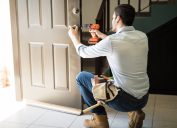20 Ways You're Not Prepping Your Home for Winter, According to Experts
Are you sure these key tasks are on your winter home prep checklist?

You may be looking forward to building snowmen, sipping hot chocolate, and walking in a winter wonderland in the coming months, but the coldest season of the year isn't so wonderful for your home. With freezing temperatures and snow storms on the way, your house can certainly take a hit. It's up to you to take preventative measures by prepping your home before the winter weather rolls in. Because, as Glenn Wiseman, sales manager of Top Hat Home Comfort Services, reminds us, "Winter is a long season and you never know when it's going to end, so it's best to be ready for the worst."
Unfortunately, chances are high you're overlooking some very necessary winter home prep tasks. For example, are you sure you have the right insulation and are you certain you're keeping your firewood in the right place? We've talked to the experts to find out what you're not doing to ensure your home is ready for winter. The good news? You change that all today!
1
You're not using the right methods to insulate your windows.
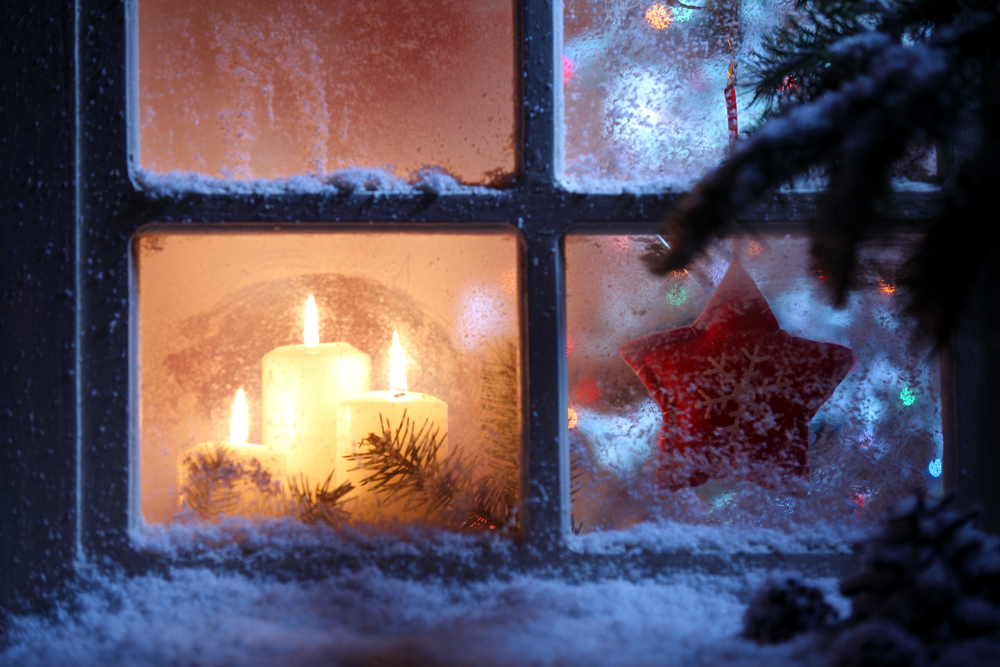
Many people know that they need to insulate their home to keep the warm air in and the cold air out during the winter. However, Paul Farmer, the vice president of marketing for Riverwood Cabins, warns that you have to be careful when it comes to what products you're trusting.
"For example, 'insulating' window film is almost completely useless," he says. "What does work though is to get either double or triple pane windows, or to go for the affordable option of thick, thermal insulation curtains."
2
You're not draining your hot water heater.
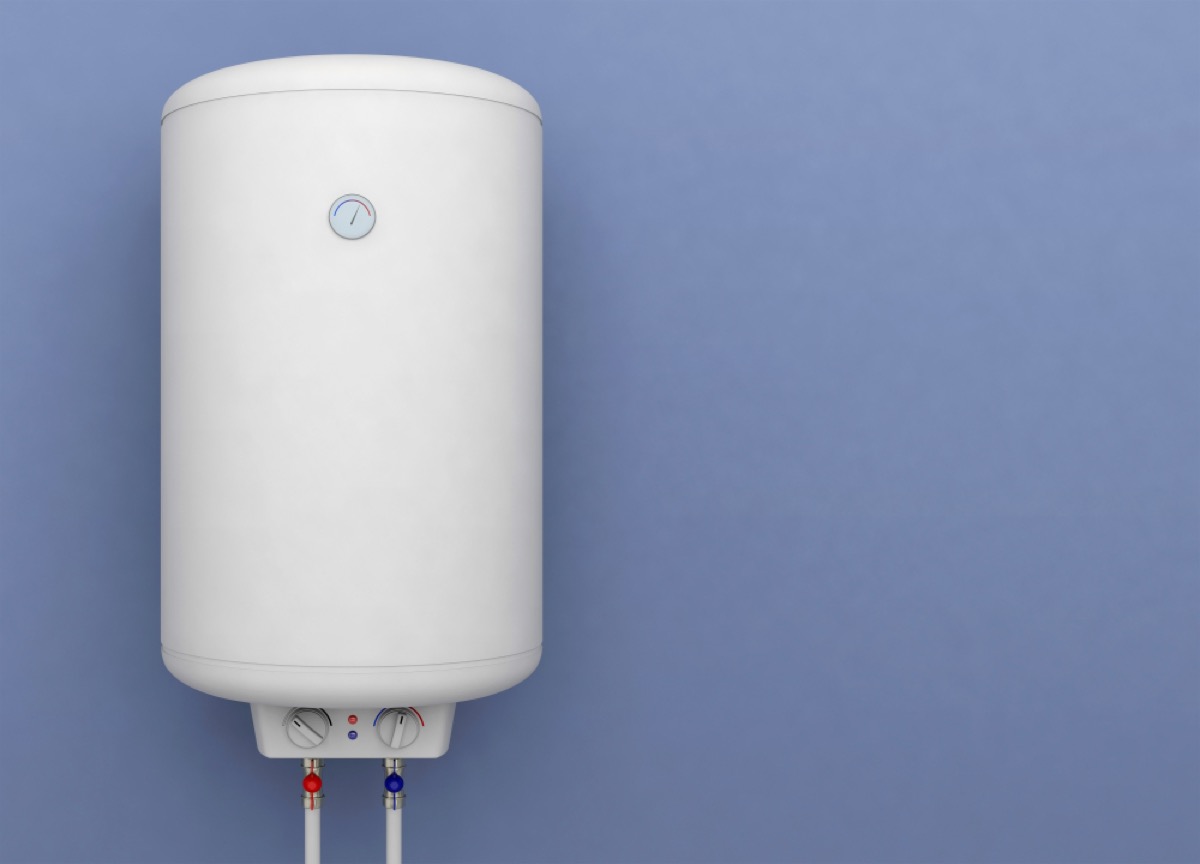
Water heaters are working over time in the winter, and if you're not maintaining them properly, they can easily break down on you. In order to avoid that disaster, John Bodrozic, co-founder of home maintenance financial solution company Home Zada, recommends draining your water heater to prep for winter. "The bottom of your hot water heater builds up with mineral deposits that cause the heater to work harder to get the water hot and can be a cause of the heater breaking down and possibly flooding," he says.
3
You're not putting new gravel down on your driveway.

Your driveway can be a safety concern when you're walking or driving on it after snow starts to fall or rain turns to ice. If you're looking to make your driveway slip-proof, Robyn Flint, a home insurance specialist at Expert Insurance Reviews, recommends spreading gravel before the freezing temperatures set in. And even if you already have gravel down, Flint says you should replace it with new gravel since the material can become plagued with potholes and loose areas over time.
4
You're not cutting the branches on trees surrounding your home.

Snow and frost can leave trees and branches extremely vulnerable to breaking and falling on any nearby homes or cars. That's why Fred McGill Jr., CEO of home buying and selling company Simple Showing, recommends cutting the branches back on any trees surrounding your home so that they're "at least eight feet away from your house."
Not only can branches damage your home if they break and fall, but McGill also explains that long branches create an easy route for squirrels and rodents to make their way into your home, especially in the winter months when they're looking for warmer places to hide.
5
You're not checking up on your roof.
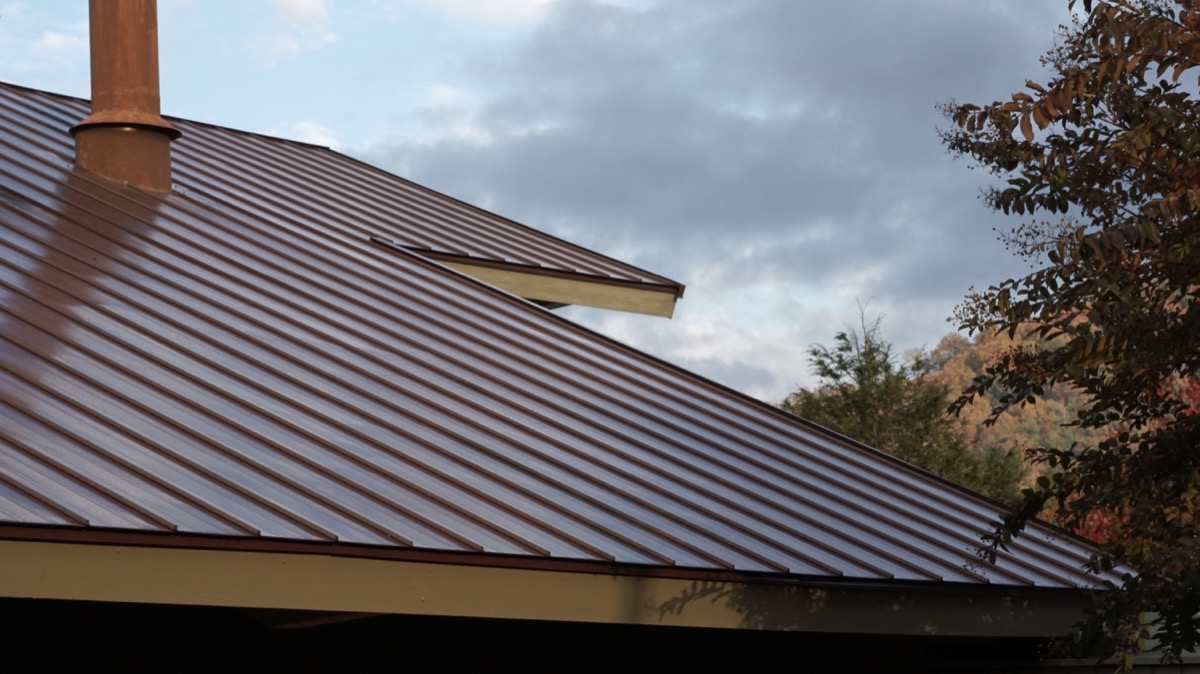
Picture this: It's -10 degrees outside, and you need to go out on your roof to repair a leak. Doesn't sound great, does it? But that situation is also avoidable if you do all of your roof inspections and repairs before the cold weather sets in. It's not only harder to get outside and fix roof issues in the winter, but freezing temperatures can also further damage already vulnerable roofs.
"One thing homeowners should look for is any water pooling on your roof," says Kershan Bulsara, manager of Roofmaster Ottawa. "This can cause significant damage to your home if it's not dealt with in time and will only worsen once the snow starts to fall."
6
You haven't insulated your pipes.

The last thing you want during the winter is for your pipes to freeze. But if they aren't adequately insulated, that's exactly the situation you'll find yourself in.
"Check out your pipes before the cold settles in," recommends Erin Gilbert with Ferguson Roofing in St. Louis. "Are they properly insulated? If not, it's time to wrap them so you can help prevent freezing. Burst pipes are an expensive, messy issue to tackle. Make sure you know where your water main is as well so you can shut it off quickly should an emergency occur."
7
You're not having your fireplace inspected.
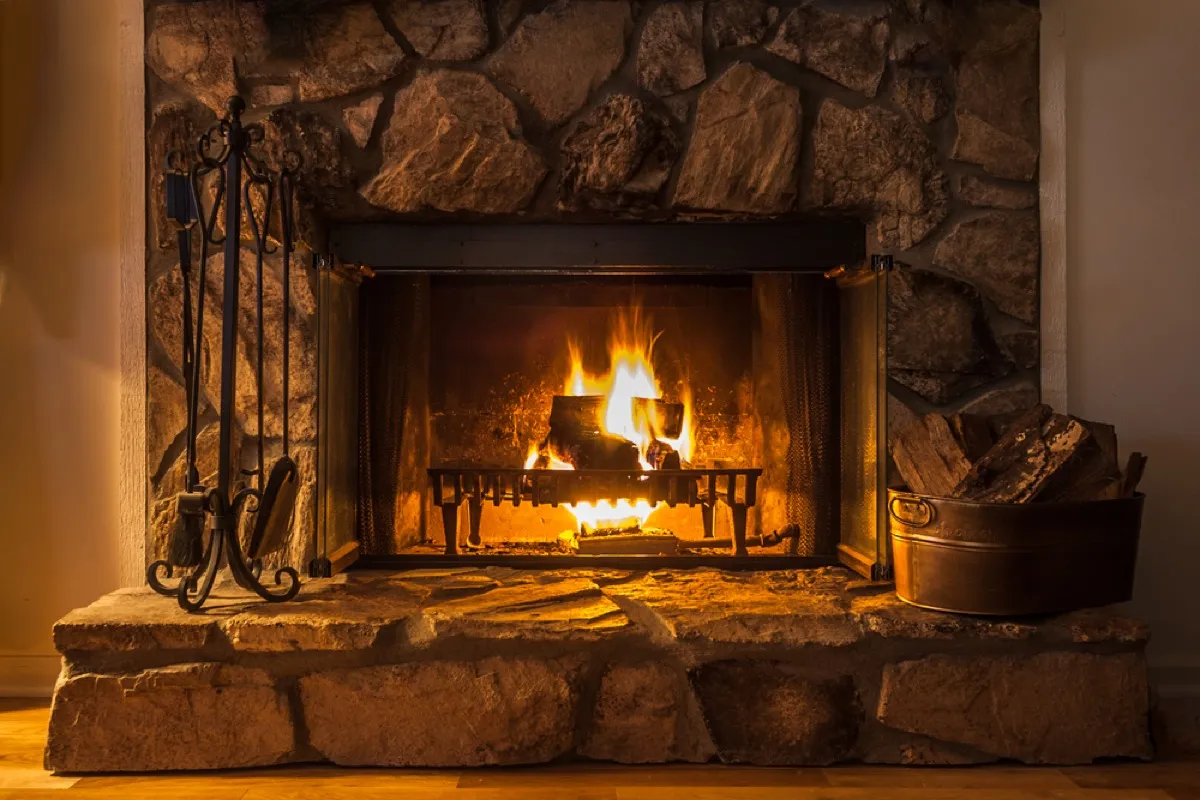
Your fireplace is usually only in use during the winter, so don't think you can simply crank it up after ignoring it for months without getting it ready first. "You need to have your fireplace swept and inspected," says Gilbert. If not, you're putting yourself at risk for a potential fire hazard.
8
You're not switching out your curtains.
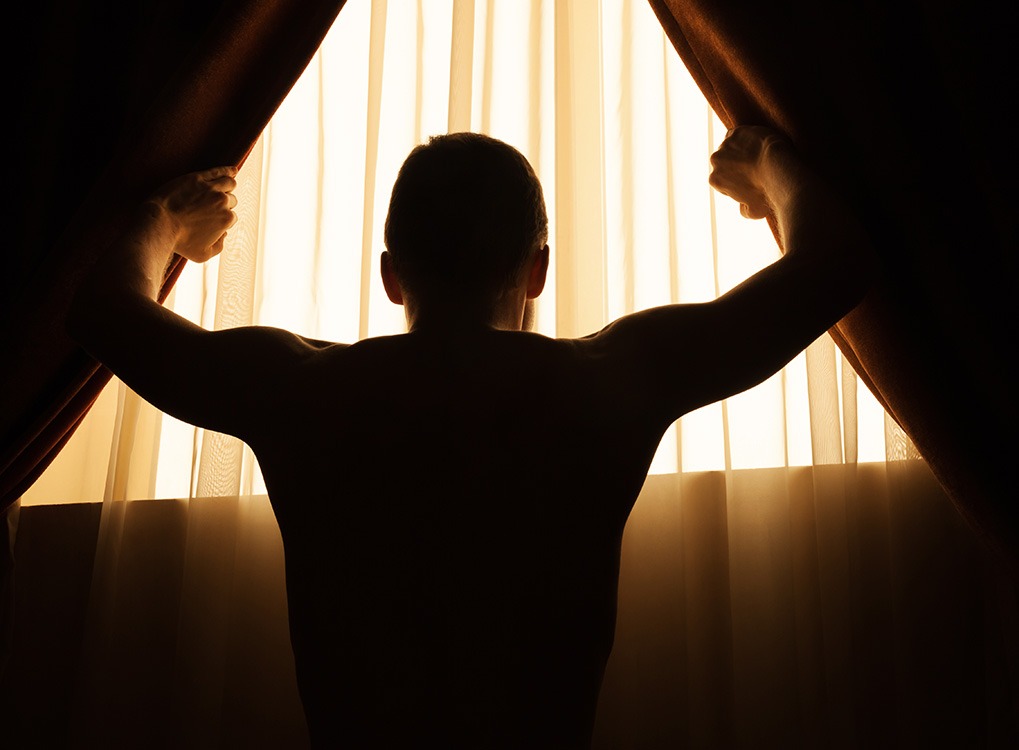
A flowery, sheer curtain may be sufficient during the spring and summer months, but it'll do you no good come winter. "Those breezy sheers will need to be retired until next summer if you want to keep warm and save money on your heating bills," Gilbert says. She notes that winter is when you should be breaking out your blackout curtains, which "will help retain warmth on those cold winter nights."
9
You haven't gotten your winter gear ready.

What good is a non-working snow blower? About as good as not having one at all. So be sure to double check that your winter gear is functioning before that first storm of the season. "Before the temperature plummets, you'll want to service your snow blower, replace any worn rakes and shovels, and buy plenty of ice-melt and sand," Gilbert says.
10
You haven't tested your emergency necessities.
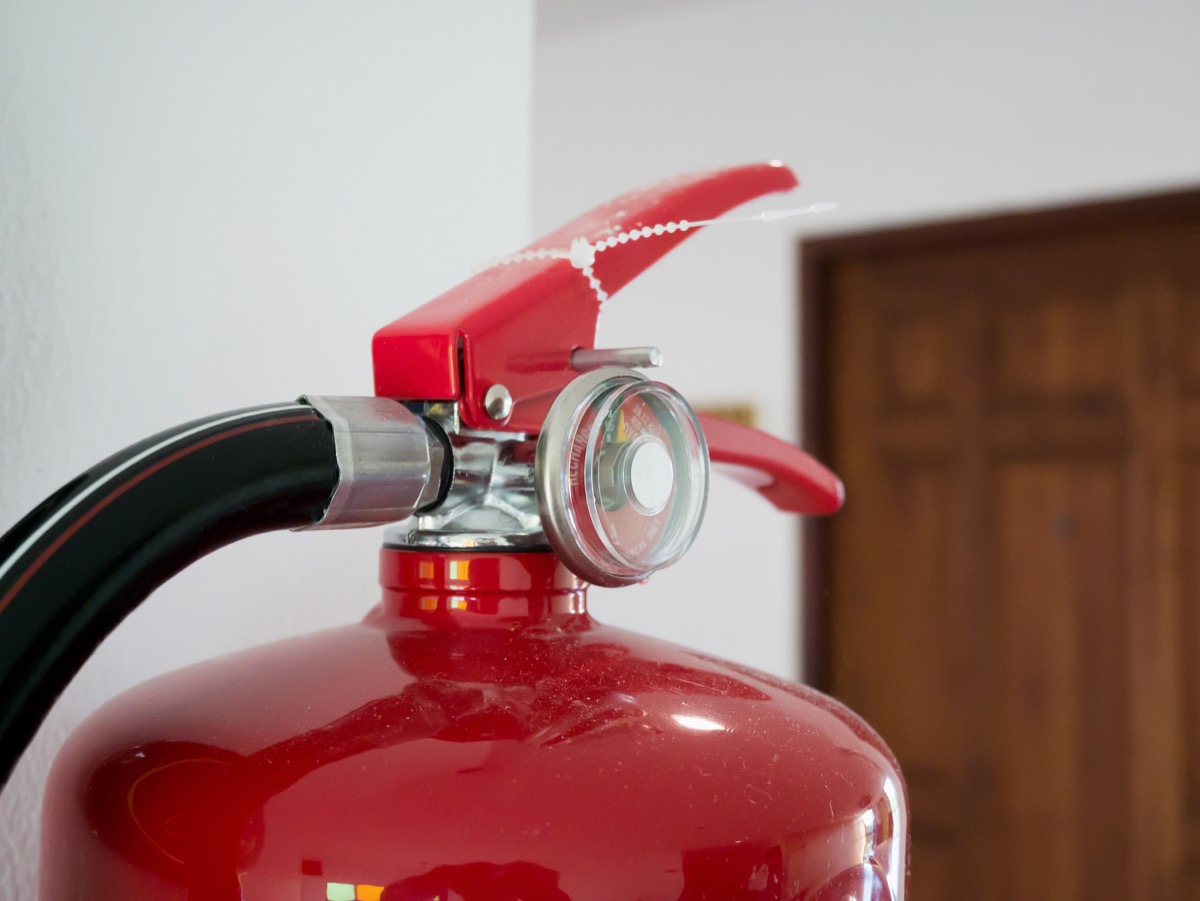
With fireplaces burning and holiday dinners roasting, there are a lot of fire hazards in your home during the winter. And, if you're not prepared for potential emergencies, your house could be in big trouble.
"It's a smart idea to test your smoke and carbon monoxide detectors every few months," Gilbert says. "We recommend doing this and changing out the batteries as soon as daylight saving time ends. While you're at it, replace any fire extinguishers that are older than a decade to put out any fire that may occur."
11
You didn't check your furnace filters.
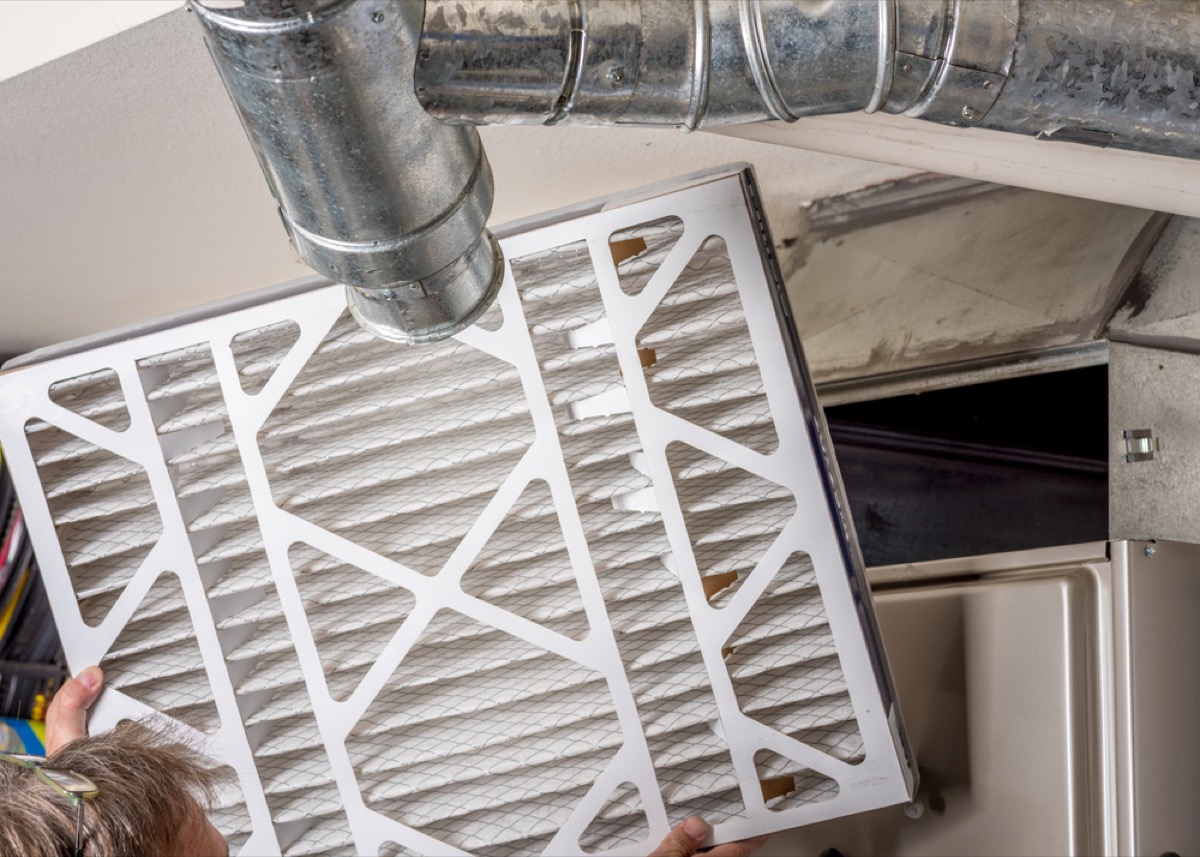
Gilbert also warns homeowners to get their "heater serviced before the cold really settles in." "Run your heater for a few minutes to see if any problems arise," she says. "And, as always, keep changing your filters out every few months or more if you have pet dander or additional dust in your home."
12
You're not inspecting your foundation.

Cracks in your home's foundation are especially dangerous during the winter as they can let cold air in, as well as pests. Gilbert says that during the fall months, "as you're outside raking up the leaves, take a look at your foundation. Check for any cracks and give the professionals a call if you have any. This includes a deteriorating mortar or missing bricks that you happen to discover."
13
You're not caulking your windows and doors.
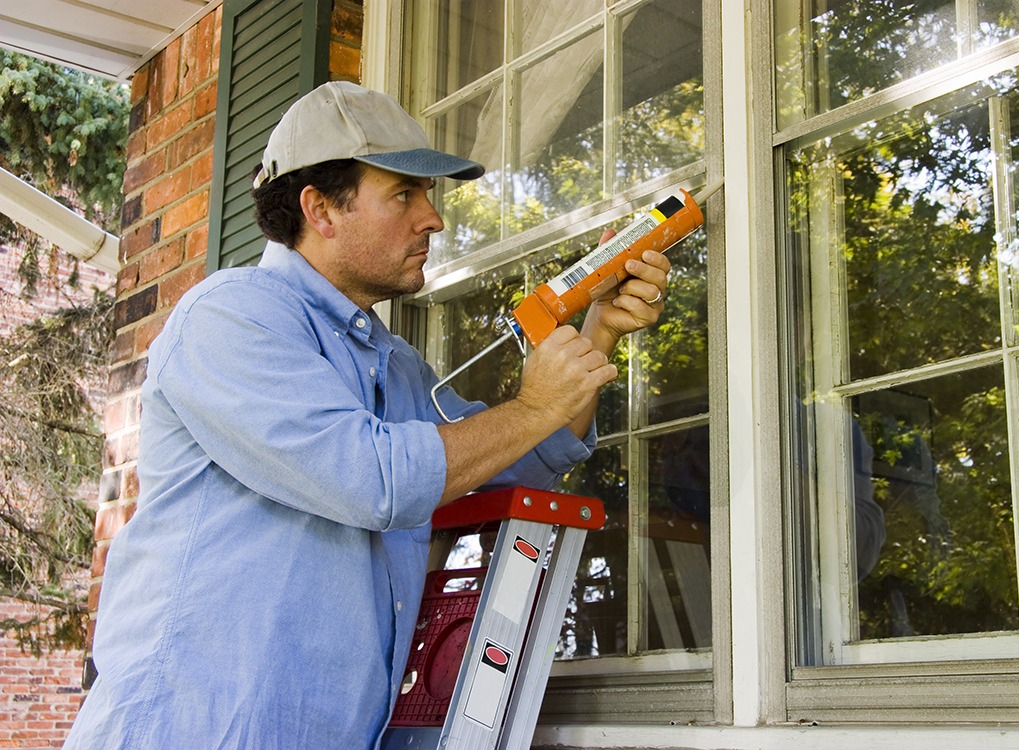
There are a lot of ways cold air can drift into your home in the winter, and you'll want to put a stop to it as much as possible not only in an effort to stay warm, but also to keep your energy bill down. The first step? "Caulking your windows and doors," says Alex Berezowski, owner of The Foundation Experts, Inc. "By doing so, you will keep drafts to a minimum by sealing any air leaks around your home"
Berezowski says "it's also a much easier task than most assume." "All you need to do is light an incense stick and hold it beside your windows and doors," he explains. "The airflow will show you the exact spots where the air is escaping. Once you know where the air is coming from, caulk and seal the area with weatherstripping."
Caulking also prevents any rodents from making their way into your home, seeing as "mice can squeeze through a hole as small as a dime," says Leah Hazelwood with Go-Forth Pest Control.
14
You're storing firewood too close to your home.
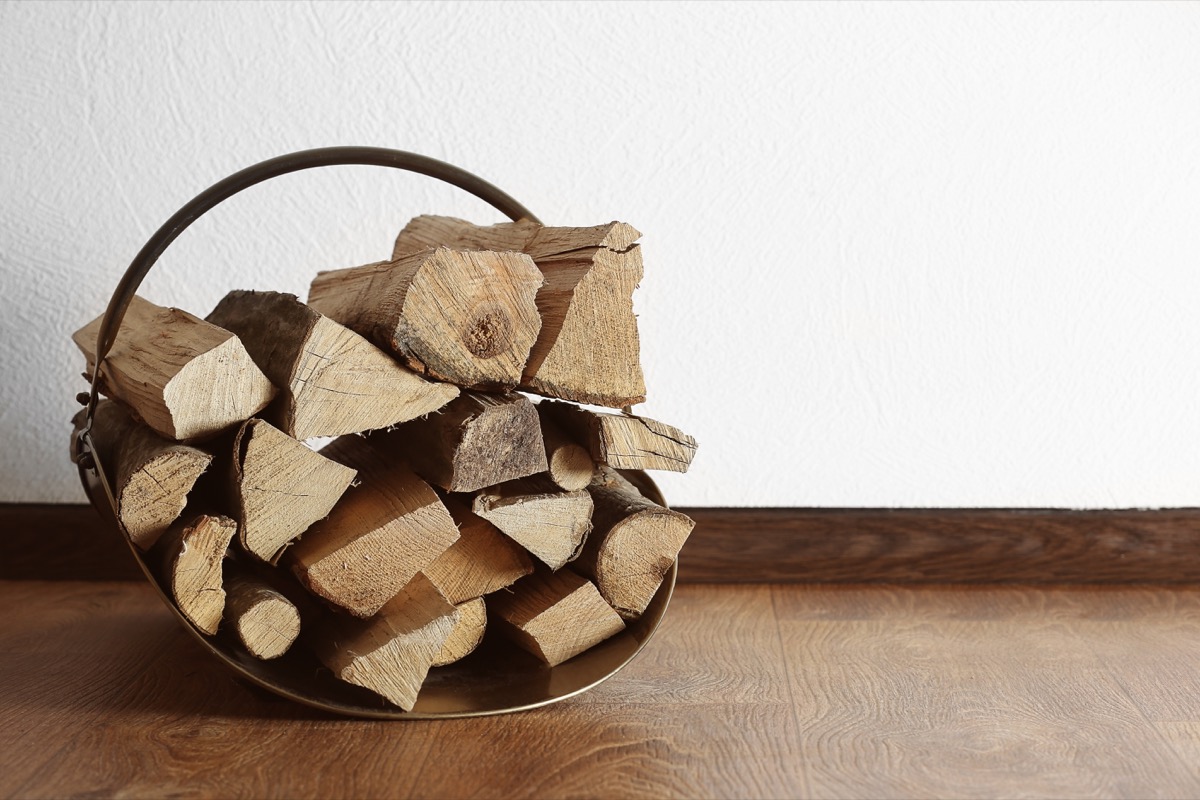
You may be tempted to store certain outdoor items on your porch or close to your home so you don't have to go far in the cold when retrieving them. But Hazelwood cautions against it if you want to keep pests out. Specifically, she says that "firewood can be infested with beetles or termites," so you shouldn't store it inside your house or near it.
She also warns homeowners that piled leaves are a "breeding ground for insects like ants and spiders," so they should be cleaned up instead of piled against the side of the house.
15
You're not prepping your lawn.
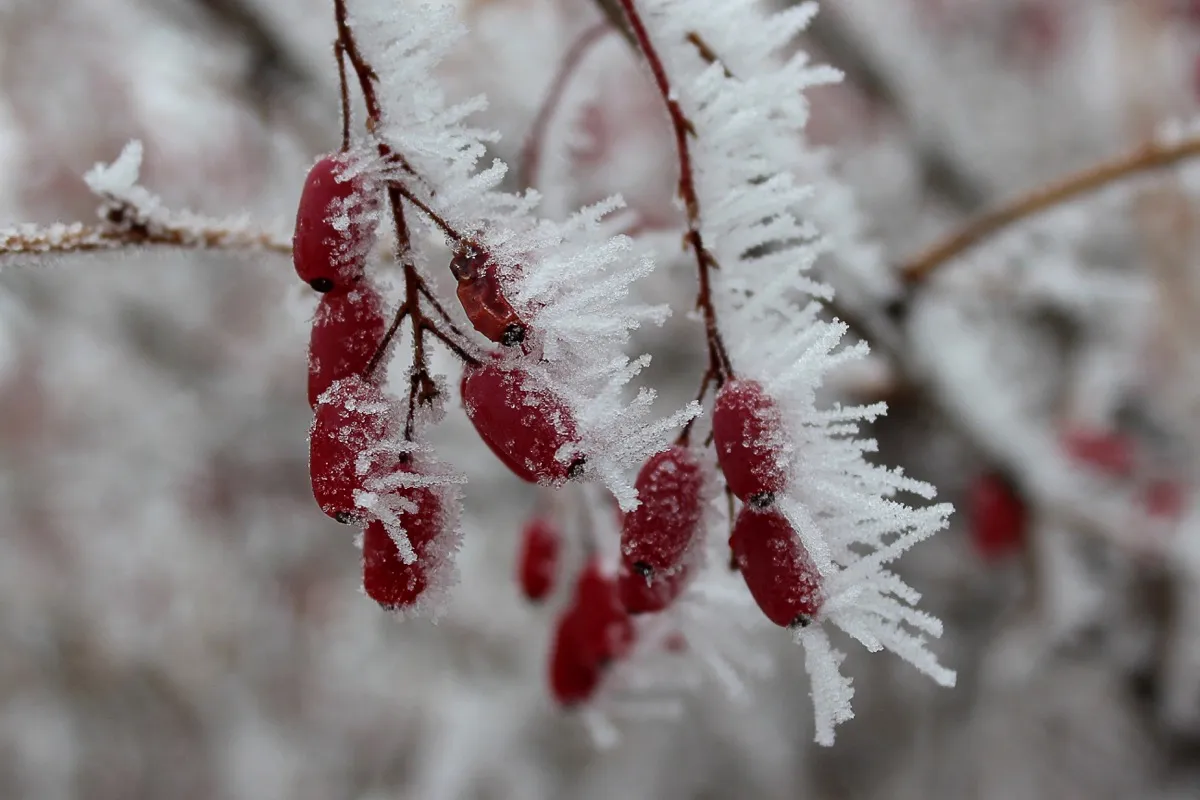
The outside of your home is just as important when it comes to winter preparation as the inside. But, most of the time, people fail to adequately prep their yards for the harsh winter weather.
Rhianna Miller, home improvement expert for Rubber Mulch, recommends creating a list and schedule for winter gardening. She says that not only should you know your area's frost dates, but you should also know which plants are made for surviving the winter and which need care. Fortunately, the United States Department of Agriculture has a plant hardiness zone map to help guide you in preparing your property for the coldest time of year.
16
You haven't cleaned out your chimney.
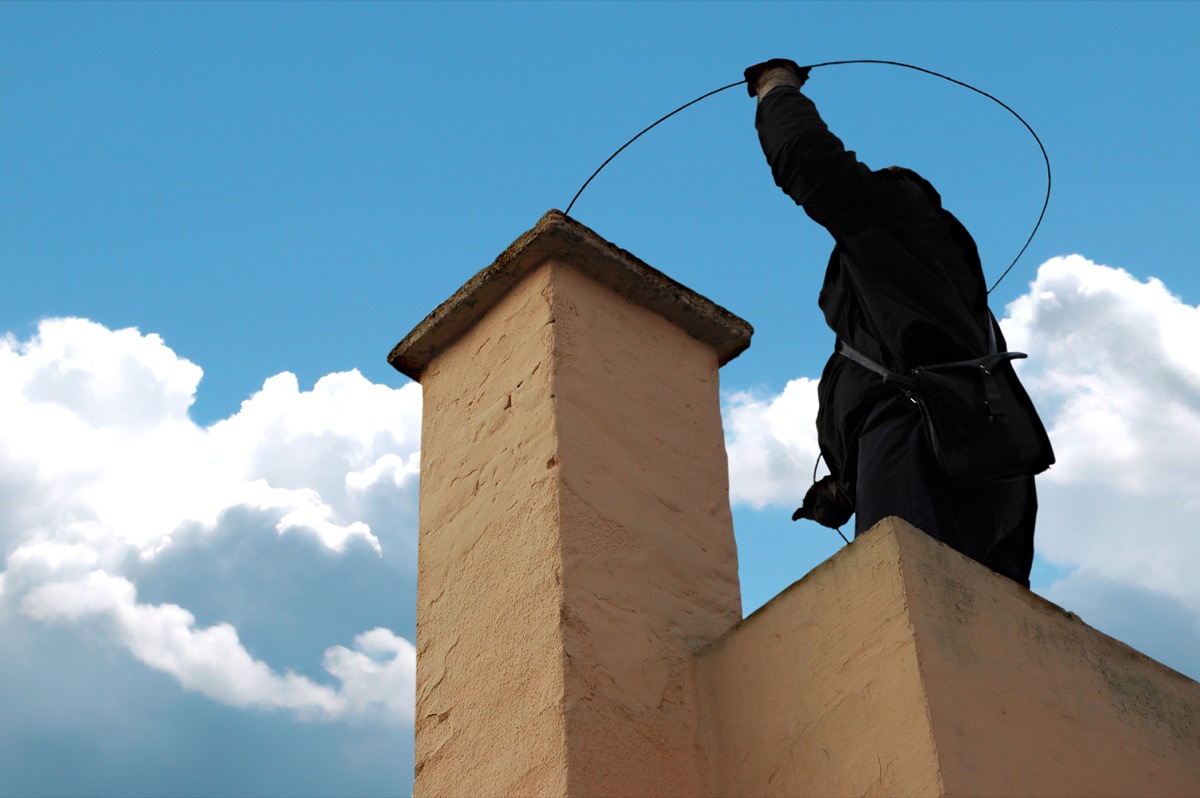
Chimney fires are all-too-common in the winter. According to the U.S. Consumer Product Safety Commission, there were an estimated 22,500 chimney structure fires in 2014 alone. That's because "when soot and tar are allowed to build up, the risk of a chimney fire is greatly increased," Miller says. To avoid becoming a statistic, she suggests you "have your chimney inspected and cleaned before you light your fireplace on the first cold night."
17
You're forgetting to flip your mattress.
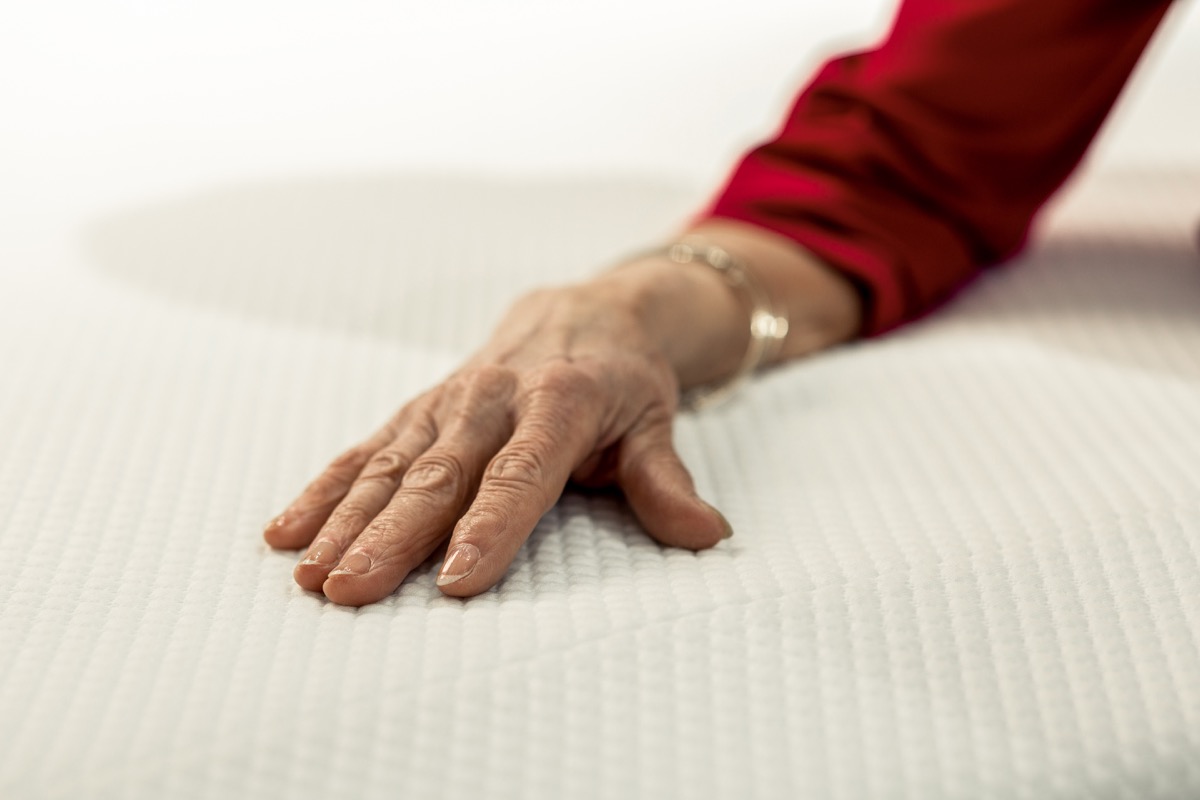
Mattresses can cost a pretty penny, but luckily they can last for years if you keep them in good shape. "A good rule of thumb to keep your mattress in the best condition possible is to flip it at the start of every season," Miller says. Depending on the type of mattress you have, "you can either flip it head to foot, or completely on its other side. This keeps your mattress from developing lumps and dents from continuous use in the same places."
18
You're not repainting your fence.
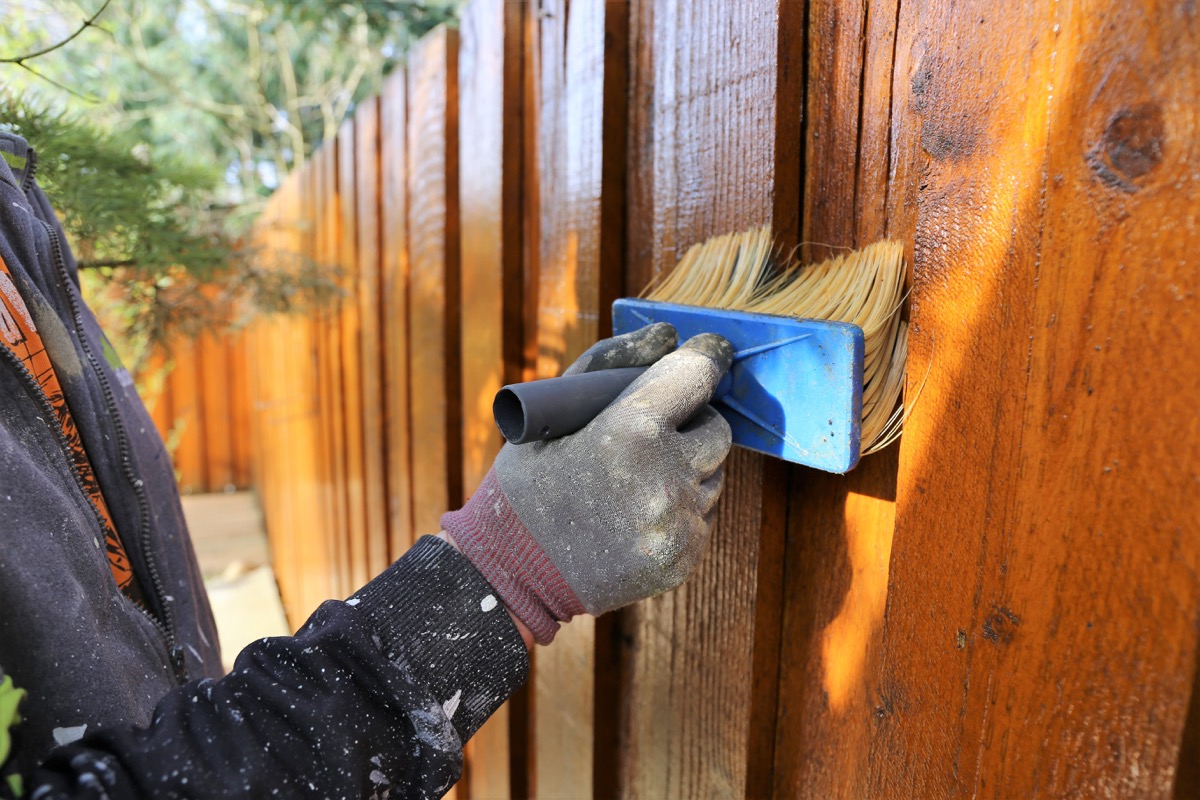
Looking to spruce up the fence around your house? Make sure to add it to your list of home winter prep tasks. Francis Côté, co-owner of Ideal Fence, says it's the one task many homeowners forget to tackle before the cold weather kicks in.
"Many homeowners aren't aware that paint actually dries too fast during the summer months due to the extensive heat, which can actually ruin your wood. If you paint your fence before the cold weather arrives, it will protect it from the wet weather it's about to take on," Côté says. "And, by doing so, you'll be saving yourself a lot of money by not having to replace your fence entirely come the spring."
19
You're not fixing up your gutters.
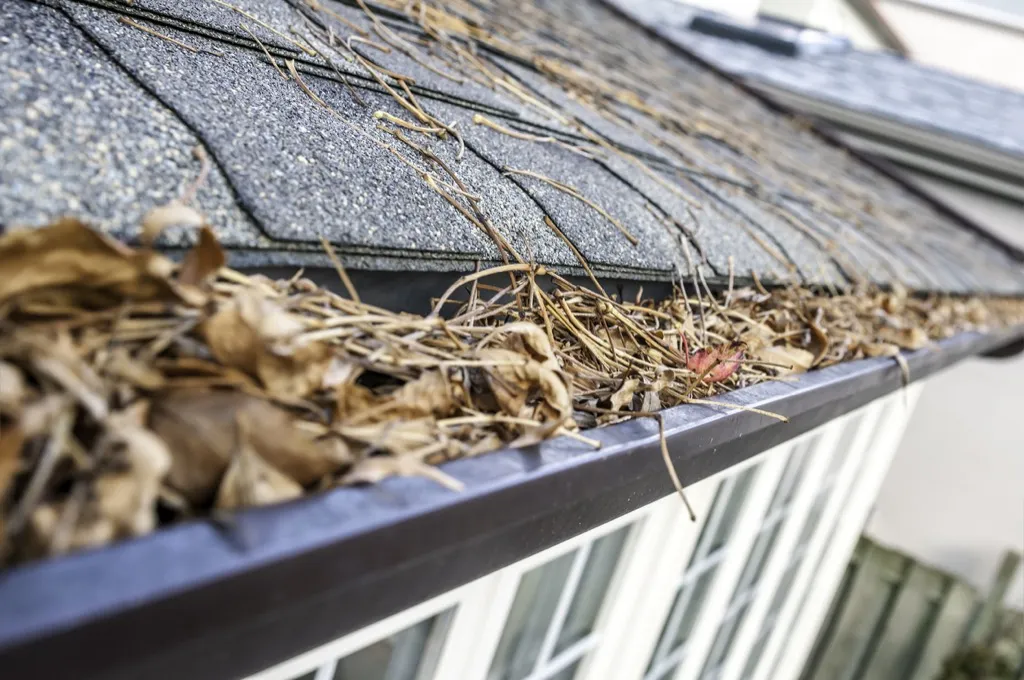
Before the winter rolls in, you needs to make sure you've cleaned out your gutters. Kelly Shepard of All Weather Tite Roofing in Massachusetts previously told Best Life that she recommends routine gutter inspection and maintenance twice every year, including once right before winter. You should be checking for sagging gutters, holes or cracks, and debris.
20
You're ignoring your rising heating costs.

The last thing you want to do when it comes to winter prepping is ignore the cost of your heating. As Matthias Alleckna, an energy expert at EnergyRates.ca, explains, it's natural to spend more on heating during the winter, whether you're using electricity or natural gas. But just because you're spending more doesn't mean you have to be spending hundreds more.
Checking your energy bill to make sure your costs aren't rising too much can help you get to the bottom of any issues and rectify them. For instance, Alleckna points out that "when you don't switch out your furnace filter for a new one, you're making your heating system work harder, which will take longer to heat your home and will generate significantly more cost." Doing a little extra work before winter's worst strikes can save you a lot of time, money, and trouble in the long run.
